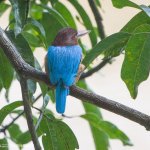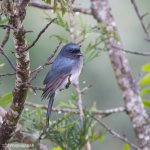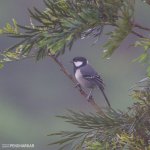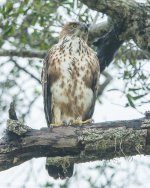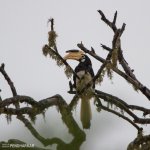Hi,
Please help ID these beauties captured in Sri Lanka.
1 - White-breasted kingfisher
2 - ?
3 - ?
4 - crested serpent eagle
5 - Great Indian Hornbill
Thanks in advance,
Please help ID these beauties captured in Sri Lanka.
1 - White-breasted kingfisher
2 - ?
3 - ?
4 - crested serpent eagle
5 - Great Indian Hornbill
Thanks in advance,
Attachments
Last edited:




